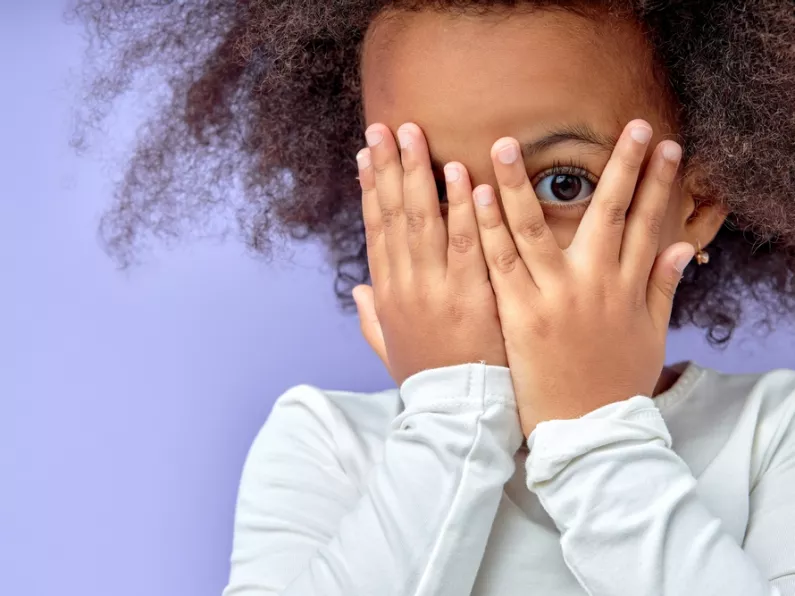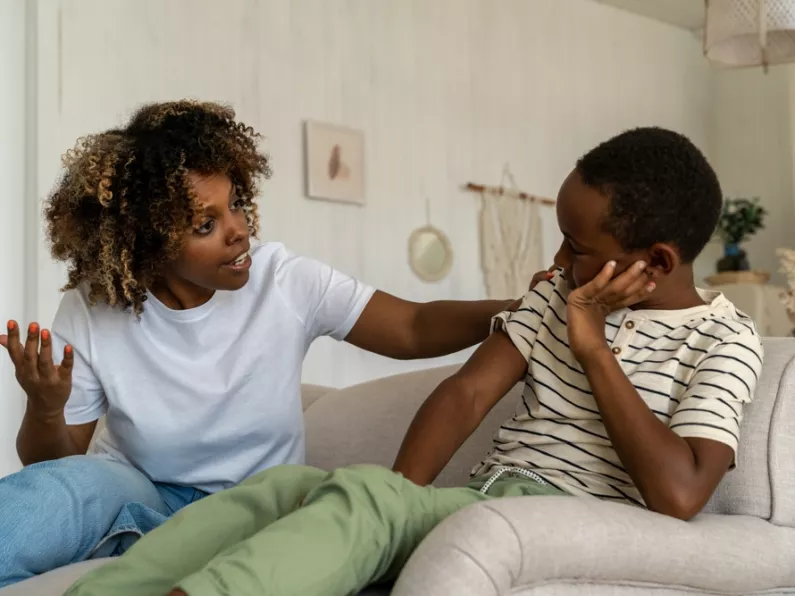Our eyes are the windows to our souls, so it’s only natural that we want to nourish and protect them.
And as parents, that means looking after our children’s eyes until they’re old enough to do it for themselves.
Vision is more than just the ability to see clearly; vision also enables us to acquire learning ability, personality, and academic performance, which can be affected if an eye problem remains untreated.
So, it’s important that healthy eye care habits are encouraged from an early age with you leading by example, as we know all kids learn best through imitation.
Generally speaking, healthy eye care habits include things like providing adequate lighting when your child is reading or playing, and making sure they get enough sleep.
But there are other essential things we as parents should build into our family routine.
5 ways to protect your child’s eye health
Here are 5 ways to protect your child’s eye health.
- Schedule regular eye exams: Good vision is key to a child’s physical development, success in school and overall wellbeing. The American Academy of Ophthalmology (AAO) and the American Association for Paediatric Ophthalmology and Strabismus (AAPOS) recommend vision screenings to be regularly conducted on children starting when they are newborns, during infancy (between six months to one year), and throughout their pre-school and school years. Think about it; the earlier an eye problem is detected, the earlier intervention can begin to correct it.
- Rest the eyes: The American Optometric Association recommends the 20/20/20 rule: look away from the screen every 20 minutes, and focus on an object at least 20 feet away, for at least 20 seconds. Children should also walk away from the screen for at least 10 minutes every hour. And speaking of screens, some experts suggest positioning device screens based on the 1/2/10 rule: mobile phones ideally at one foot, desktop devices and laptops at two feet, and roughly 10 feet for TV screens. Adjusting the font size - especially on smaller screens - so that it's twice as big as your child can comfortably read may also help reduce eye fatigue.
- Protection against sun damage: Invest in sunglasses with UVA and UVB protection, and hats to shield your child from the sun’s damaging rays. But don’t lock up your child indoors, as some sun exposure is essential. It would be advisable to keep your child out of the sun during the hottest time of the day, and ensure they always wear a hat. Keeping hydrated is also essential.
- Increase time spent outdoors: Studies have shown that outdoor activities delay the development of myopia, or near-sightedness, which is a vision condition in which people can see close objects clearly, but objects farther away appear blurred. But again, try to plan these activities outside of the hottest period of the day.
- A healthy diet: Nutrients such as zinc, lutein, omega-3 fatty acids, and vitamins A, C and E have been found to be beneficial to eye health. So, add lots of fruits with vitamins C and E, such as oranges, strawberries and mangos, to your child’s diet. The omega-3 fatty acids found in fish can help prevent dry eye and reduce future risk of cataracts, and leafy greens containing Vitamin A such as spinach and kale can help fight dry eye as well as night blindness. Non-meat proteins such as eggs and nuts also help balance your child’s diet.
Look out for warning signs
As well as being proactive about your child’s eye health, it’s important that you are vigilant for signs that may indicate your child is struggling with vision problems.
Warning signs include:
- Squinting
- Head tilting
- Holding objects very close to the eyes
- Eye rubbing
- Sensitivity to light
- Poor hand-eye coordination
- Disinterest in reading or viewing distant objects.








